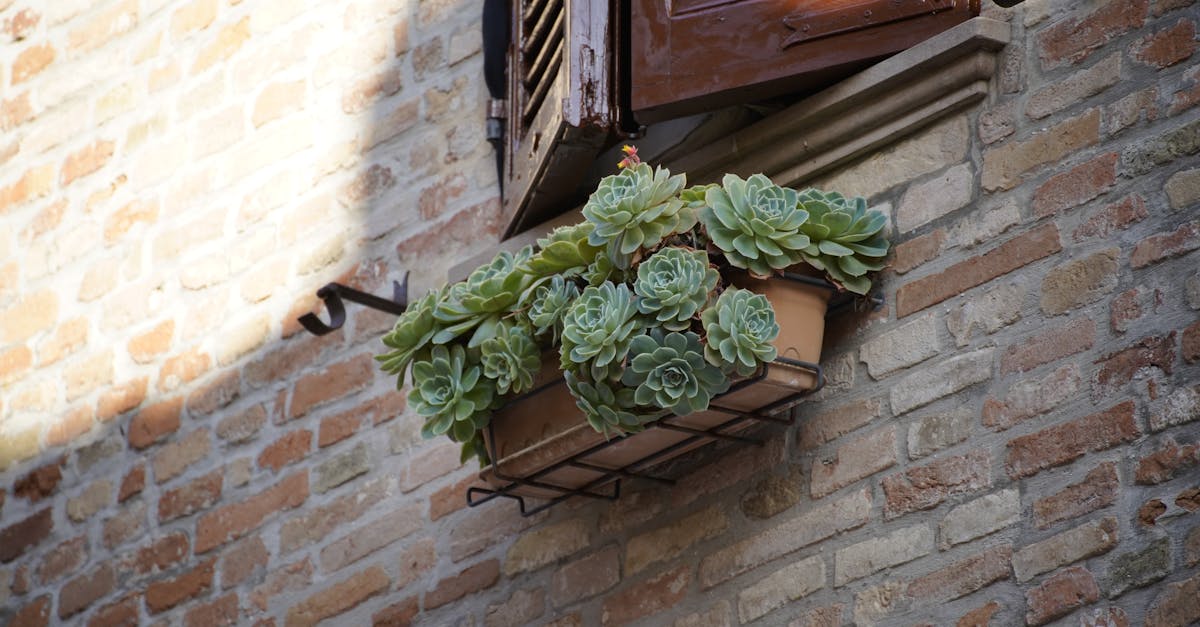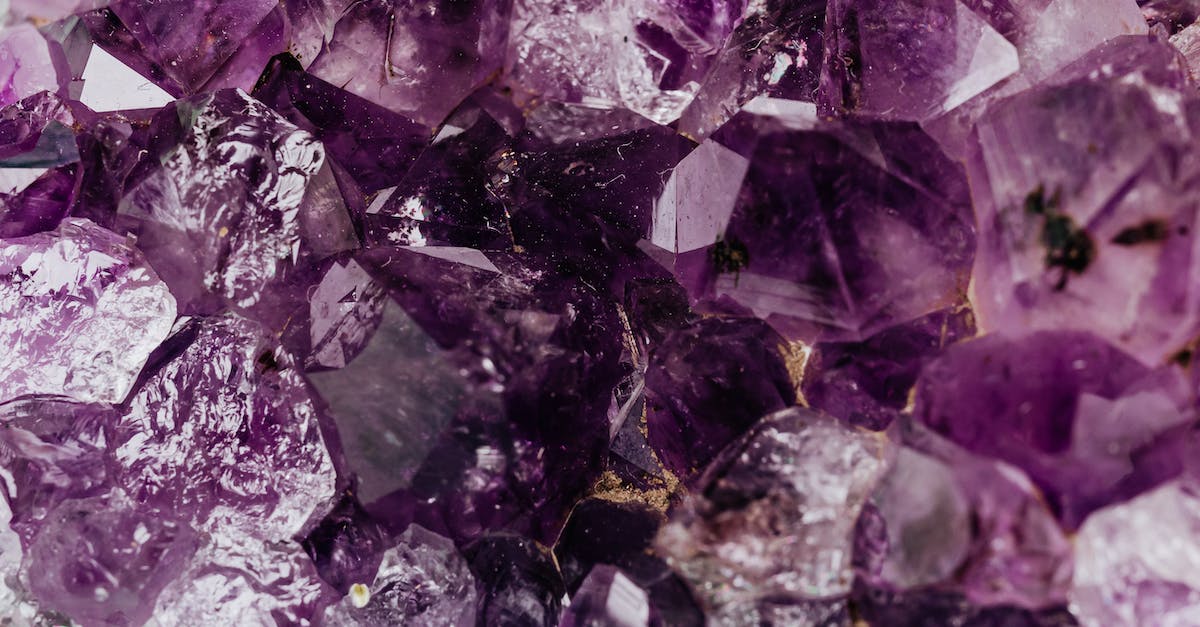Looking to master the art of preparing hydroton? You’re in the right place! In this guide, we’ll walk you through the steps to create the perfect hydroton mix for your plants.
From selecting the right hydroton to the important tips for a successful preparation process, we’ve got you covered.
Let’s jump into the world of hydroton and unleash its full potential together.
Key Takeaways
- Select the right hydroton: Consider pellet size, cleanliness, pH neutrality, and aeration.
- Clean hydroton thoroughly: Rinse, scrub, soak, and rinse again to remove dirt and debris.
- Pre-soak hydroton: Hydrate the pellets for 24 hours for better water retention in plants.
- Mix hydroton with growing medium: Ensure good drainage and aeration by mixing it well with soil or coco coir.
- Follow key tips: Rinse before use, soak, mix evenly, and monitor moisture levels for successful hydroton preparation.

Selecting the Right Hydroton
When selecting hydroton, it’s critical to consider the size of the pellets. Smaller pellets work well for smaller plants, while larger pellets are ideal for larger plants.
We recommend checking the quality of the hydroton by ensuring it’s clean, pH neutral, and free from contaminants.
Additionally, choose hydroton that is lightweight and provides good aeration for the roots of your plants.
For more information on selecting the right hydroton, visit hydroton selection guide.
Cleaning the Hydroton
When preparing hydroton for our plants, it’s critical to clean it thoroughly before use. Dust and debris can accumulate during storage or transportation, which might harm our plants. Here’s a simple way to clean hydroton effectively:
- Rinse the hydroton in a colander under running water.
- Gently scrub the pellets to remove any stubborn dirt.
- Soak the hydroton in a solution of water and mild detergent for a few hours.
- Rinse the hydroton thoroughly to remove any detergent residue.
For a detailed guide on cleaning hydroton, visit GardeningKnowHow.

Pre-Soaking the Hydroton
When preparing hydroton, pre-soaking is key. Here’s how we do it:
- Fill a container with enough water to cover the hydroton.
- Let it sit for 24 hours to hydrate the pellets fully.
- Drain the water and rinse thoroughly.
Pre-soaking ensures the hydroton is saturated before use, promoting better water retention for your plants.
For more details on pre-soaking hydroton, check out this guide on GardeningKnowHow.
Mixing Hydroton with Growing Medium
When mixing hydroton with a growing medium, ensure it’s well-drained and has good aeration. A common ratio is 50% hydroton and 50% soil or coco coir. We can add hydroton to the bottom of pots for drainage or mix it throughout the medium. It’s versatile and enhances aeration in the root zone. After all, the goal is to create a balanced mix that aids root development.
For a detailed guide on mixing hydroton with a growing medium, visit Gardening Know How.
They offer expert tips and insights on this process.

Tips for Successful Hydroton Preparation
- Rinse Thoroughly: Before use, rinse the hydroton to remove any dust or debris.
- Soak in Water: Let the hydroton soak in water for 24 hours to fully saturate before adding it to your plant containers.
- Mix Well: Ensure an even mix of hydroton and your growing medium to provide optimal drainage and aeration.
- Monitor Moisture: Keep an eye on moisture levels to prevent overwatering in your plants.
- Visit Gardening Know How for more useful gardening tips and tricks on hydroton preparation.
